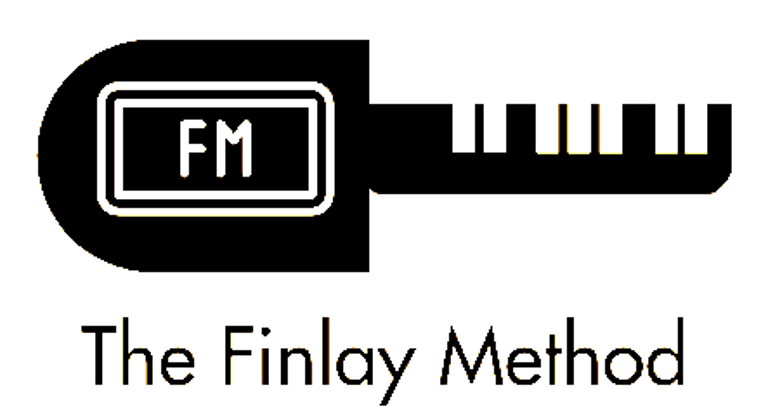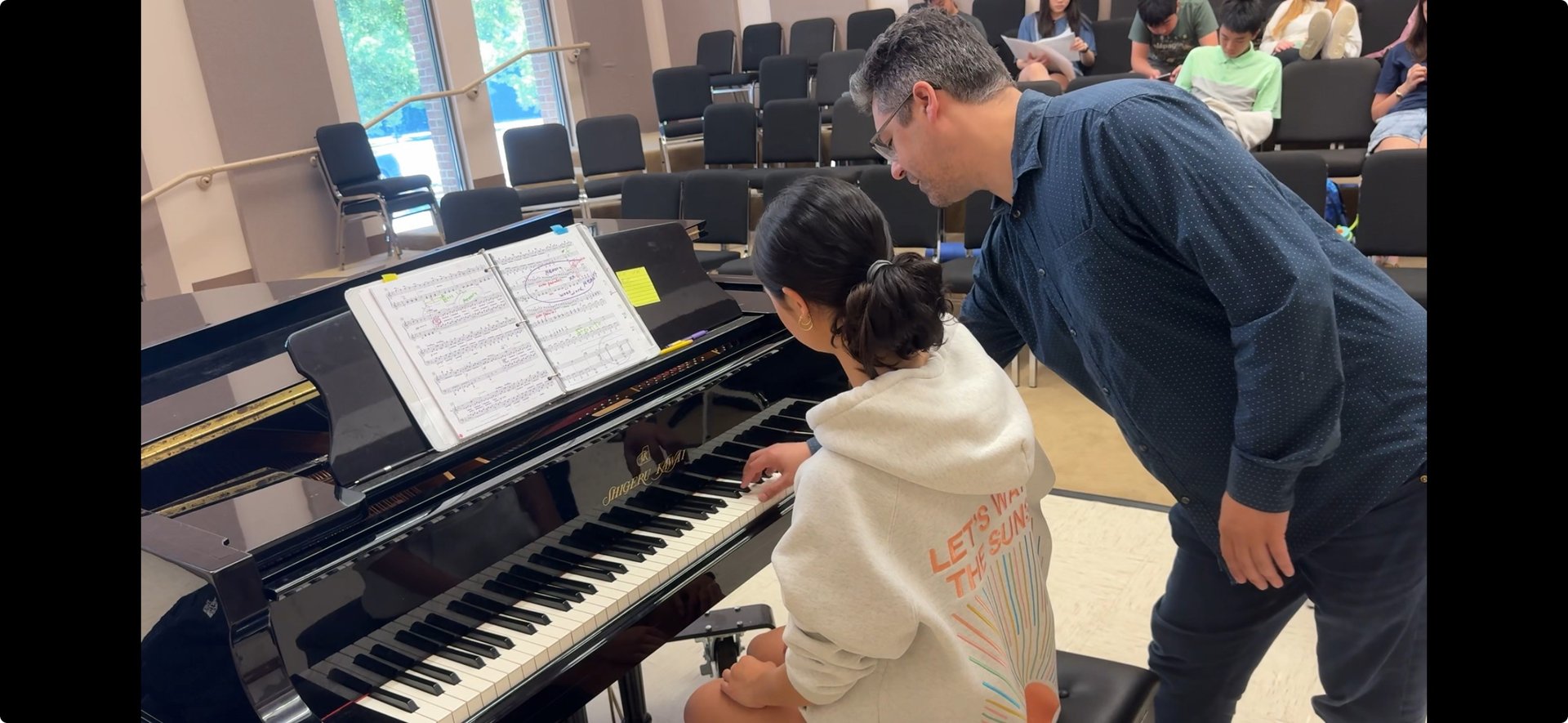
Tools you can use right away.
Upcoming Masterclass:
"Master Your Practice"
With Special Guest,
Chetan Tierra
September 20th, 2025 @ 11am CDT



What is The Finlay Method? (2-min video)
About The Finlay Method
🎵 The analytical clarity and injury prevention insights of the Taubman Approach
🎵 The focus on physical freedom and beauty of sound found in the Russian School
🎵 The holistic, full-body coordination of Marc Durand’s approach
A Structured Approach Integrating:
What You'll Learn
Body Mechanics
Understand kinetic chains—how movement flows from the spine to the fingertips
Set up bench height, posture, and arm alignment to support freedom at the keys
Learn to channel energy through the body for effortless sound production
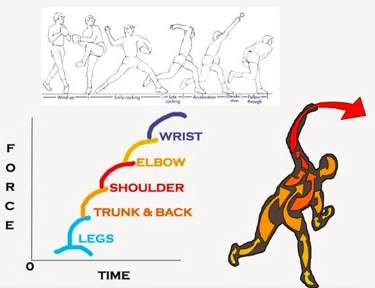

Common Injuries Demystified
Recognize and prevent co-contraction—when opposing muscles work against each other
Avoid common strain points like poor wrist position, overuse of the thumb, and unsupported finger action
Apply practical, anatomy-informed strategies to reduce tension and build long-term resilience
"Relaxation" Vs. "Coordination"
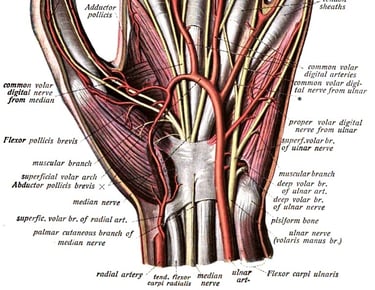

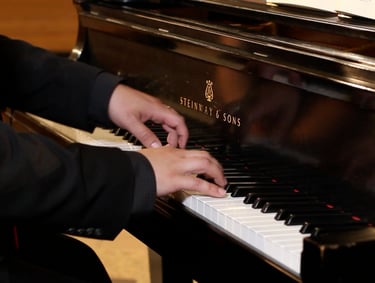

Why trying to “just relax” often backfires—and how organized movement makes relaxation possible
Learn to use leverage and alignment to take strain off the fingers and wrists
Discover how true ease at the piano comes from efficient, intentional movement—not from passive use of deadweight
